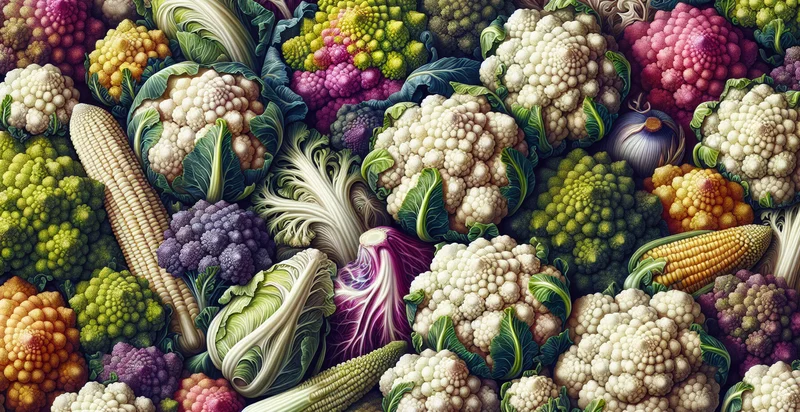Identify brussels sprout species
using AI
Below is a free classifier to identify brussels sprout species. Just upload your image, and our AI will predict what species of Brussels sprout it is - in just seconds.

Contact us for API access
Or, use Nyckel to build highly-accurate custom classifiers in just minutes. No PhD required.
Get started
import nyckel
credentials = nyckel.Credentials("YOUR_CLIENT_ID", "YOUR_CLIENT_SECRET")
nyckel.invoke("brussels-sprout-species", "your_image_url", credentials)
fetch('https://www.nyckel.com/v1/functions/brussels-sprout-species/invoke', {
method: 'POST',
headers: {
'Authorization': 'Bearer ' + 'YOUR_BEARER_TOKEN',
'Content-Type': 'application/json',
},
body: JSON.stringify(
{"data": "your_image_url"}
)
})
.then(response => response.json())
.then(data => console.log(data));
curl -X POST \
-H "Content-Type: application/json" \
-H "Authorization: Bearer YOUR_BEARER_TOKEN" \
-d '{"data": "your_image_url"}' \
https://www.nyckel.com/v1/functions/brussels-sprout-species/invoke
How this classifier works
To start, upload your image. Our AI tool will then predict what species of Brussels sprout it is.
This pretrained image model uses a Nyckel-created dataset and has 15 labels, including Brussels Sprout Continental, Brussels Sprout Dwarf, Brussels Sprout Early, Brussels Sprout Green, Brussels Sprout Heirloom, Brussels Sprout Hybrid, Brussels Sprout Late, Brussels Sprout Organic, Brussels Sprout Oriental and Brussels Sprout Purple.
We'll also show a confidence score (the higher the number, the more confident the AI model is around what species of Brussels sprout it is).
Whether you're just curious or building brussels sprout species detection into your application, we hope our classifier proves helpful.
Related Classifiers
Need to identify brussels sprout species at scale?
Get API or Zapier access to this classifier for free. It's perfect for:
- Agricultural Research Enhancements: Scientists studying plant genetics can utilize a false image classification function to identify and categorize different species of Brussels sprouts. This tool aids in understanding phenotypic variations and their effects on growth patterns, contributing to more targeted breeding programs.
- Food Quality Control: Companies in the agriculture and food processing sectors can implement this function to improve quality assurance processes. By automatically identifying false classifications of Brussels sprout species in batches, businesses can reduce the risk of mixing in undesirable varieties that affect taste and quality.
- Consumer Education Tools: Educational platforms can leverage this feature to create interactive learning modules about various Brussels sprout species. By showing users how to distinguish between species visually, it can enhance knowledge about nutrition and agricultural diversity.
- Culinary Innovation: Chefs and food product developers can use the image classification function to experiment with different Brussels sprout species. This insight enables them to create unique dishes that highlight specific flavors and textures, promoting culinary creativity in restaurants and food brands.
- Sustainable Farming Practices: Farmers can access this technology to better understand which Brussels sprout species are best suited for their local environment. By using accurate species identification, they can make informed decisions about crop rotation and sustainable agricultural practices.
- E-commerce Platforms: Online grocery stores can implement the classification function to improve customer experience. By ensuring accurate identification of Brussels sprout species, customers can receive exactly what they ordered, enhancing their satisfaction and reducing return rates.
- Biodiversity Conservation: Conservation organizations can employ this classification function to monitor the biodiversity of Brussels sprout species in different regions. By tracking and identifying species accurately, they can implement more effective conservation strategies to protect and promote vegetable diversity.


